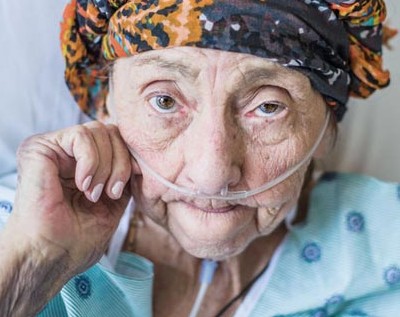By Faith Protsman, MD, Regional Medical Director, VITAS Healthcare
A new study highlights how sepsis burdens patients, families, and healthcare systems both during hospitalization and long after the patient has left the hospital.
Initially published in Critical Care Medicine, the study provides several key insights:
- Administrative data on 270,669 Canadian patients demonstrates that severe sepsis patients face higher rates of mortality than patients without sepsis: 39.7% vs 22.2% at 6 months.
- Severe sepsis patients also undergo more frequent rehospitalization, increased healthcare costs, and lengths of stay in the ICU.
The researchers concluded that severe sepsis patients require comprehensive post-discharge care to mitigate the long-lasting effects of post-sepsis syndrome—physical and cognitive dysfunction, psychological challenges, and cardiovascular complications—and to reduce the financial burden linked to hospitalization and complex care.
Considering that more than one-third of severe sepsis patients will die within six months, the prohibitive costs, intensive care modalities, and necessity of additional facility stays associated with acute care may prove unacceptable for those seeking effective symptom management and the comforts of home.
Hospice offers an ideal alternative. By referring sepsis patients to hospice, physicians can make a meaningful difference in their quality of life while helping to prevent overcrowding and reduce poorly targeted applications of resources and staff.
Patients and families who elect hospice often have just one regret: They didn’t start hospice sooner. Support your patients, their loved ones, and your team by initiating a hospice eligibility assessment at the earliest incidence of severe sepsis.



